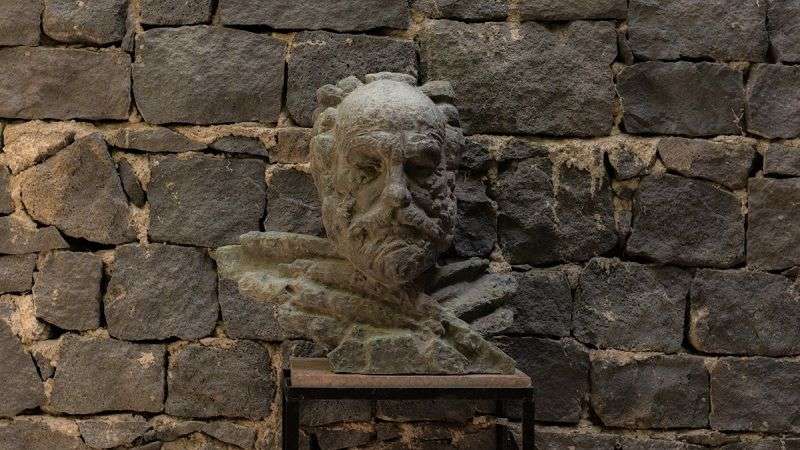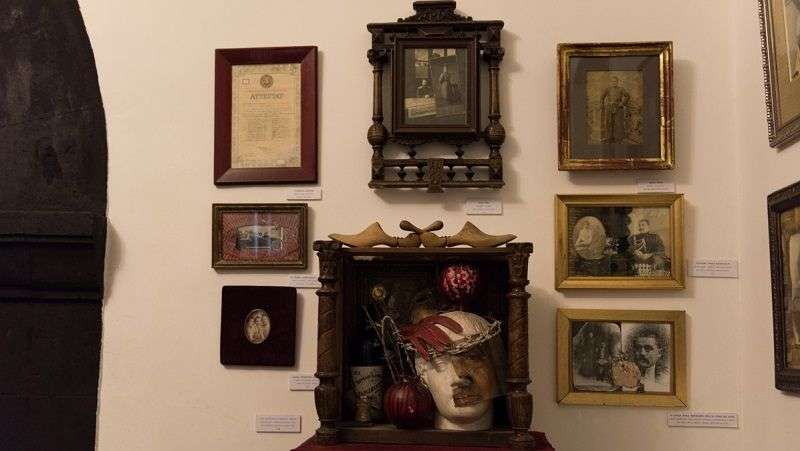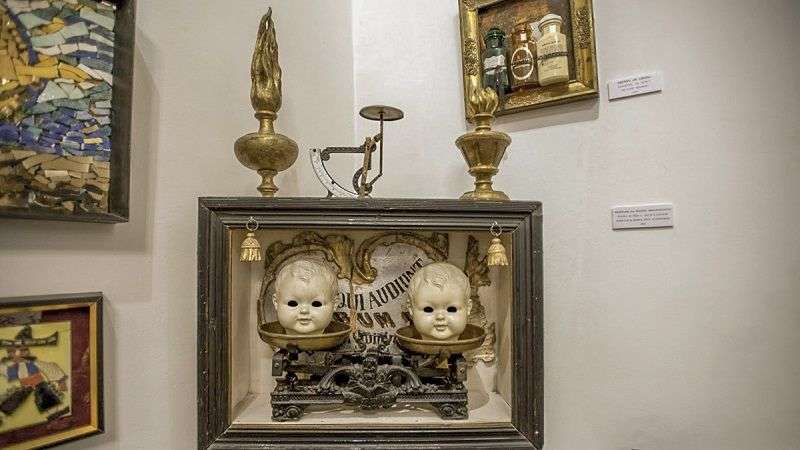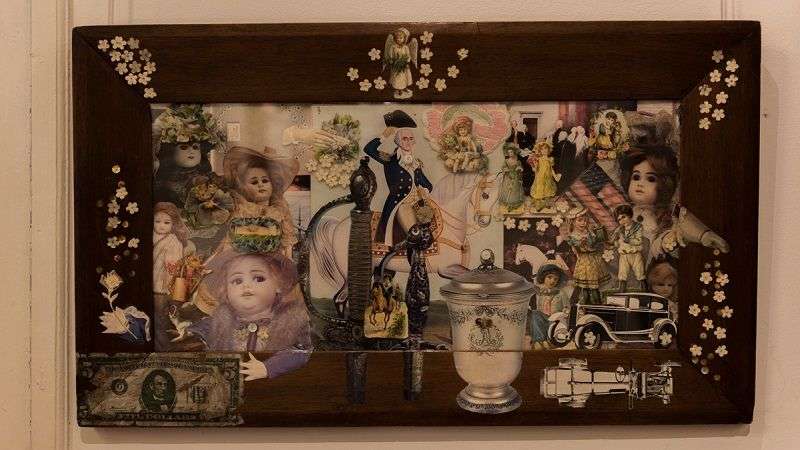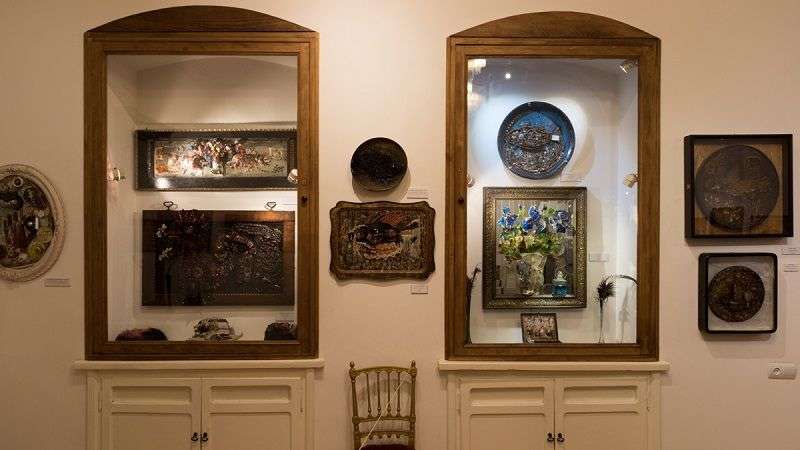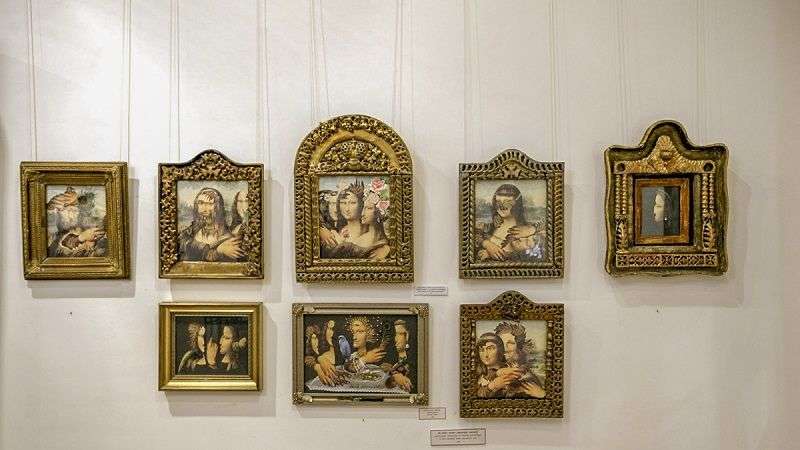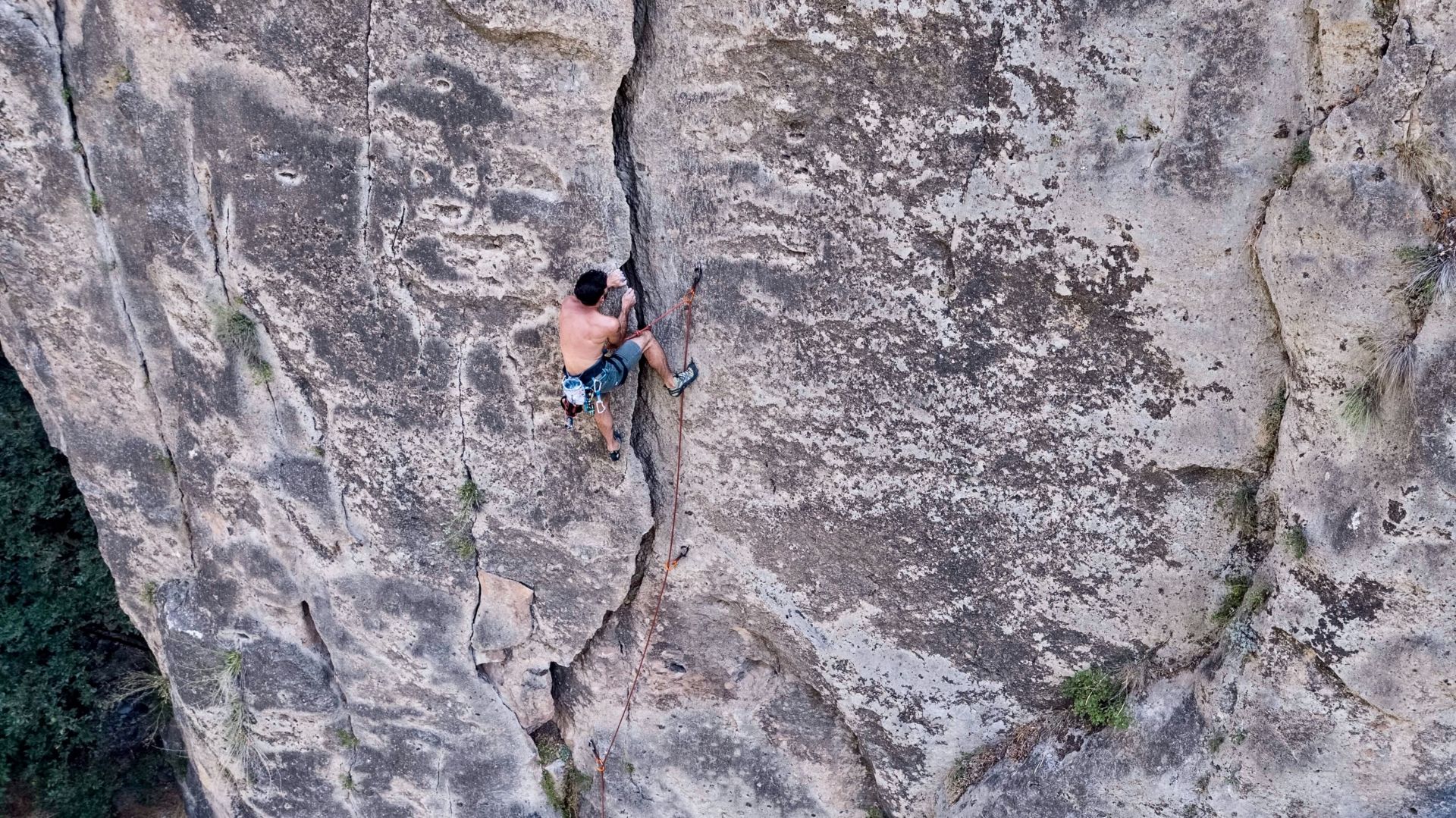Sergey Parajanov Museum
Sergei Parajanov was a Soviet film director and artist of Armenian origin who made a considerable contribution in Soviet cinematography through Ukrainian, Georgian and Armenian cinema. He created his own cinematographic style. This, along with his controversial lifestyle and behaviour, made the Soviet authorities to persecute and arrest him. His films were prohibited as well. He was born on January 9th in Tbilisi, where he graduated from high school. In 1945, he acted in the direction program of the State Institute of Cinematography under Igor Savchenko. In 1952, he began to work as a film director in Kiev.
Before 1963, he directed four notable feature films and three short documentary films. In 1964, his "Shadows of Forgotten Ancestors" gave him world fame. Parajanov was invited to Armenia in 1966, where he began his work on the film "Sayat-Nova". With great difficulty, this film was released in 1969 under the name "The Colour of Pomegranate". It is considered his best work, but 15 years later he was not allowed to make films. Parajanov was arrested twice for making false accusations in Ukraine (1974-1978) and Tbilisi (1982). During those years, his talent as a brilliant artist became obvious. At the end of his life, he directed two more films in the studio "Georgia Film": "The Legend of the Suram Fortress" and "Kerib the Minstrel (Ashugi Quaribi)". Parajanov's contribution to the art of cinema is primarily his original poetic film language. His work also includes plastic art based on traditions of Armenian, Eastern, and European art.
Sergey Parajanov died in 1990 in Yerevan. The Museum of S. Parajanov was founded in 1988 by order of the government after the first exhibition of his works of art in the State Museum of Armenian Folk Art. At that time, the Dzoragyugh ethnographic centre was given suitable premises consisting of two buildings (one for the museum and the other for the house of Parajanov). However, the construction was delayed because of the earthquake in 1988 and the museum opened in 1991. The museum's collection is based on 600 works by Parajanov: assemblages, flat and three-dimensional collages, drawings, puppet and film sketches, furniture, own things brought to Yerevan during his lifetime from Tbilisi. Over the years of its existence, the museum has always been enriched and filled with a large number of different objects. Now the museum has about 1500 units. The museum also houses Parajanov's personal gifts from his friends. His drawings and collages from prison are exhibited in a separate hall.
The works of the artist have no direct analogies in the world of art and surprise with his imagination, his wit, and his art. The use of different materials gives his works special attraction and brilliance. In the 27 years of its existence, the museum has organized 64 exhibitions in more than 30 countries: Tokyo, Moscow, Kiev, Boston, London, Paris, and other cities. The museum works every day from 10:30 to 17:00. The experienced guides make interesting and informative tours in many languages. It is one of the best museums in Yerevan. Also for foreigners travelling to Armenia, this place is a popular and interesting place in Yerevan.
